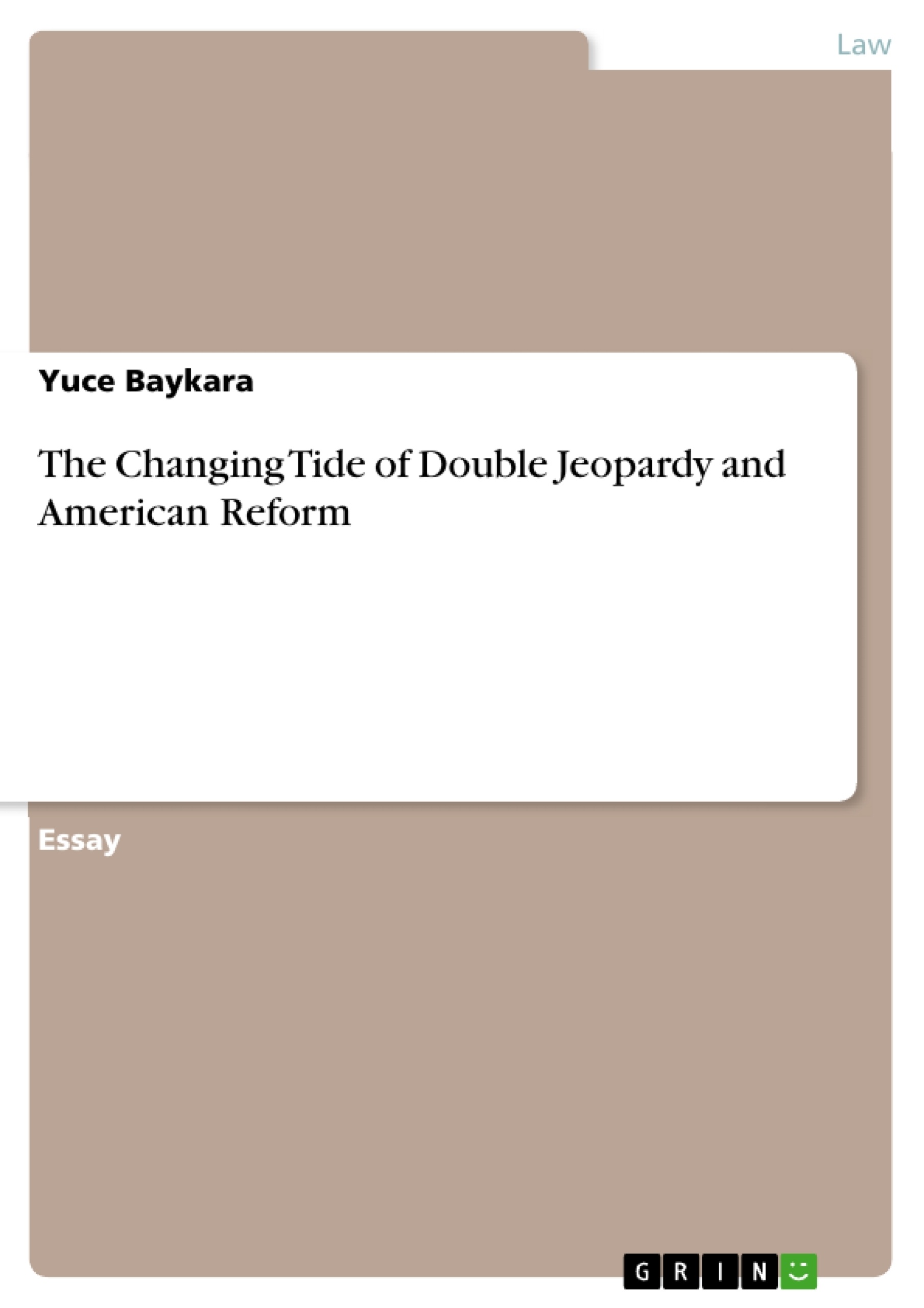A change has been happening to the nature of an age old legal right. To people in some countries and jurisdictions this has been a fundamental right, up there with a person’s right to trial. It has been a free standing rule for over 2000 years of recorded history. A person has the right to their day in court, but this addresses a person’s right to not have the same charges brought against them over and over again.
Known as double jeopardy to most, it is the idea that once you are brought in front of your peers or a court, once set free, no one may attempt to punish you for this act again. So why is the traditional understanding of former/double Jeopardy being put into jeopardy?
Content
I. Introduction
II. Origins of Double Jeopardy
III. Double Jeopardy in America
IV. Double Jeopardy Reform in the British Commonwealth
V. Reasons to Reform
VI. Double Jeopardy Reform in America
VII. Conclusion



